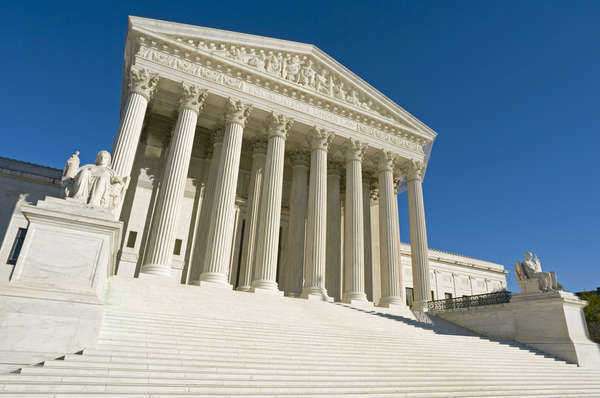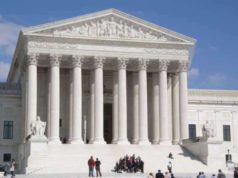
Parliament is a particular kind of legislative body which differs somewhat from the legislative bodies found within the governments, both state and federal, of the United States of America. Parliament is differentiated from the system found within America primarily by the fact that in a parliament system, as is that of the Parliament of the UK, the legislative and executive branches are more directly linked than they are in the American system.
In the American system, the executive branch of government is separate from the legislative branch, both in terms of how the members of either branch are elected, and in terms of direct influence for either branch. There are obviously exceptional circumstances, but for the most part, the two branches are clearly delineated and separated from one another. In a system involving parliament, however, the executive branch is often appointed directly by the legislative branch, such that the legislative branch will determine the nature of the executive.
Furthermore, the legislative branch of a parliament system, as that of British Parliament, will be able to dismiss or otherwise hold the executive branch accountable significantly more easily than the President may be removed or otherwise prosecuted by Congress in the American system.
The Parliament of the UK is the evolution of parliaments which existed as early as the 13th century, when they took a rather different form than the British Parliament of the modern world. One of the most important differences between historical British parliament and the Parliament of the UK today is the fact that the prime minister appointed by the lower house of Parliament has significantly more power as the executive than he or she would have had in the past, as the King of England would have held all that power.





































